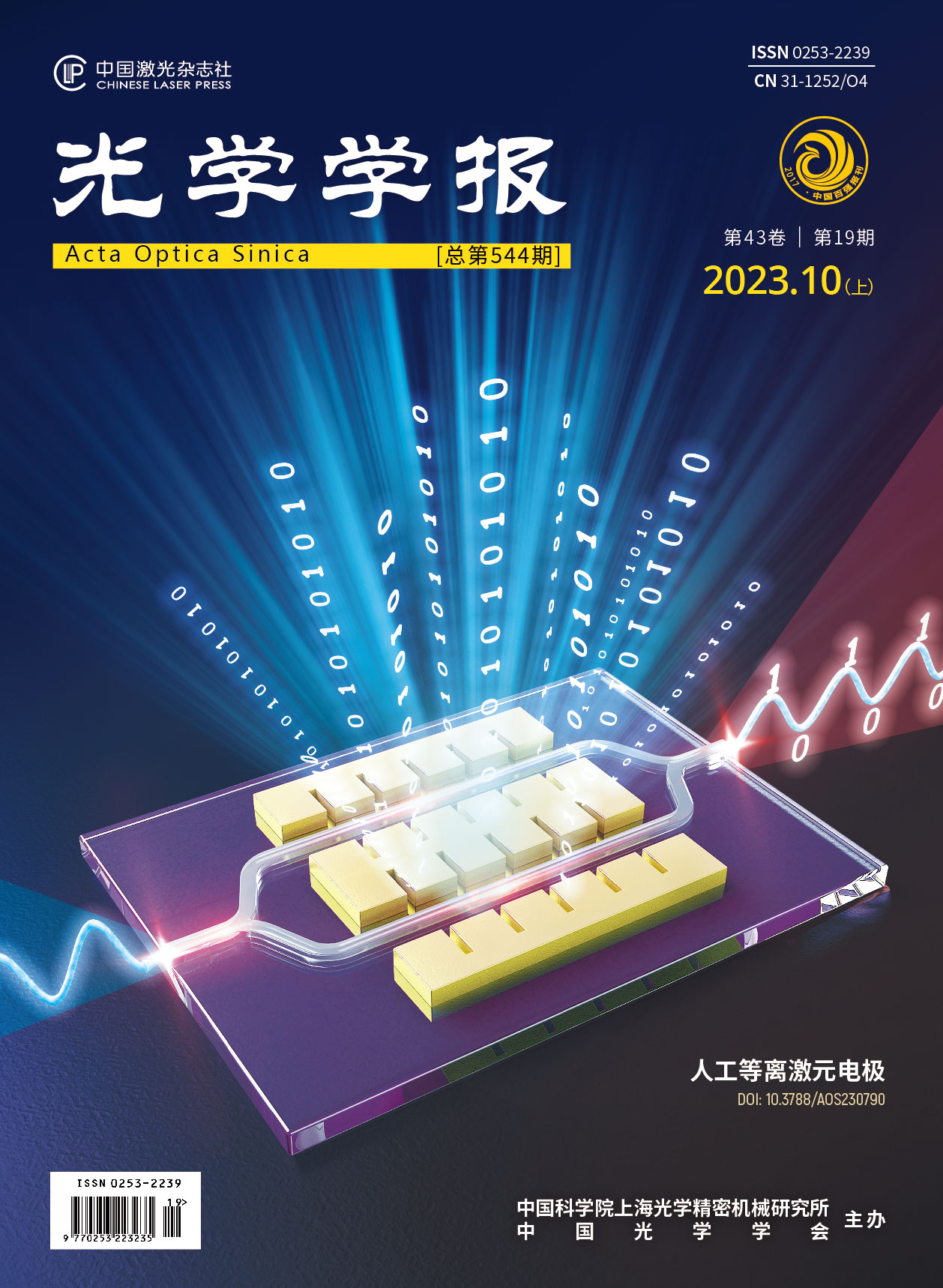高阶效应下N型量子阱EIT介质中光孤子的存取
As soliton can travel over long distance without attenuation and shape change due to the interplay balance between dispersion and nonlinearity in nonlinear media, it becomes a good information carrier in quantum information processing and transmission. Till now, the research on the storage and retrieval of optical soliton mainly focuses on ultra-cold atomic electromagnetic induction transparency (EIT) media. This is mainly because ultra-cold atomic systems can generate strong nonlinear effects under low light excitation. However, for practical applications, it is a great challenge to accurately control the optical soliton storage in the atomic EIT media due to the low temperature approaching to absolute zero and rarefaction. Fortunately, with the mature semiconductor quantum production technology, quantum wells have extensive application prospect in quantum information processing and transmission. Thus, we study the storage and retrieval of optical soliton in the GaAs/AlGaAs double quantum well EIT system.
Based on the current experiments, we first propose an N-type four-level asymmetrical semiconductor GaAs/AlGaAs double quantum well EIT model. Subsequently, the interaction properties between the optical field and semiconductor quantum wells in the system are studied by a semi-classical theory. The physical properties of the optical field are described by the Maxwell equation, while the semiconductor quantum well is described by the Bloch equation of quantum mechanics. Therefore, the Maxwell-Bloch (M-B) equations which govern the linear absorption and nonlinear propagating properties of the system are obtained. Generally, the analytic solution of the M-B equations cannot be obtained directly. Thereby, M-B equations are solved approximately by adopting a multiple-scale method. Correspondingly, the soliton solution [Eq. (63)] is chosen as the initial condition, and the M-B equations are numerically simulated by the Runge-Kutta method to explore the storage and retrieval of the probe pulse.
Through the above methods, when the second control field is turned off, the linear absorption curve of the system exhibits a Lorentz absorption peak whatever the first control field changes [Fig. 2 (a)]. Fig. 2 (b) shows that when the second control field is only turned on, which means that the first control field is turned off, there is a single transparent window, and the width of the single transparent window becomes wider with the increasing strength of the second control field. When both the control fields are turned on, the double transparent window will occur, and the width of the double transparent windows is wider with the rising strength of any control field [Fig. 2 (c)]. Interestingly, after both the control fields are turned on, the double EIT windows show symmetrical distribution regardless of whether the strengths of the two control fields are equal or not [Fig. 2 (c)]. For the nonlinear case, Fig. 3 shows that with the low-order effect being considered, the optical soliton cannot propagate stably over a long distance with attenuation. The soliton instability is from the high-order dispersion of the system. After the high-order effects are only considered, the formed optical soliton can propagate stably over long distances (Fig. 4). Furthermore, Fig. 5 indicates that the optical soliton can be stored and retrieved by switching off and on the control fields, and the storage and retrieval fidelity of the optical soliton is higher than that of the ordinary optical pulse. Moreover, the amplitude of the stored optical soliton can be modulated by the strength of the control field. Specifically, when only the second control field is turned on, the amplitude of the stored optical soliton increases with the rising strength of the second control field [Fig. 6 (a)]. When both the control fields are turned on, the amplitude of the stored optical soliton rises with the increasing strength of the second control field under the unchanged first control field. However, if the second control field keeps unchanged, the amplitude of the stored optical soliton decreases with the increasing strength of the first control field [Fig. 6 (b)].
In this paper, we propose an N-type four-level asymmetrical semiconductor double quantum well EIT model. Subsequently, we obtain the M-B equations governing the linear and nonlinear properties of the system through the semi-classical theory combined with the multiple-scale method. When both the control fields are turned on, the linear absorption curve of the system exhibits double EIT windows. Interestingly, the double EIT windows show symmetrical distribution regardless of whether the strengths of the two control fields are equal or not. For the nonlinear case, only after the high-order effects are considered, the formed optical soliton can propagate stably over long distances, and the optical soliton can be stored and retrieved by switching off and on the control fields. Meanwhile, the amplitude of the stored optical soliton can be modulated by the strength of the control field. When the first control field keeps unchanged, the amplitude of the stored optical soliton increases with the rising strength of the second control field. However, the amplitude of the stored optical soliton decreases with the increasing strength of the first control field under the unchanged second control field. The results can improve the fidelity for the storage and retrieval of quantum information in semiconductor quantum well devices.
胡明君, 王登龙, 董耀勇, 丁建文. 高阶效应下N型量子阱EIT介质中光孤子的存取[J]. 光学学报, 2023, 43(19): 1919001. Mingjun Hu, Denglong Wang, Yaoyong Dong, Jianwen Ding. Storage and Retrieval of Optical Soliton in N-Type Quantum Well EIT Medium Under High-Order Effects[J]. Acta Optica Sinica, 2023, 43(19): 1919001.







